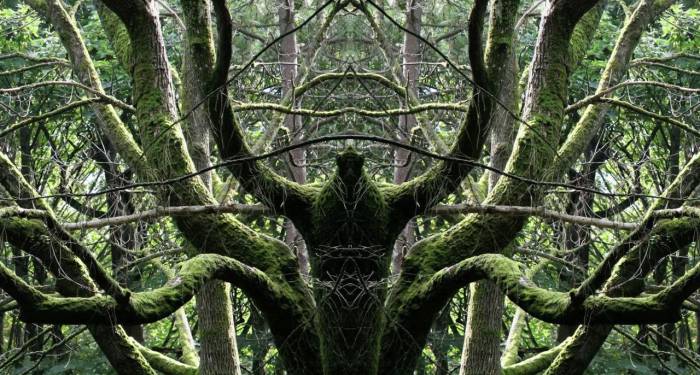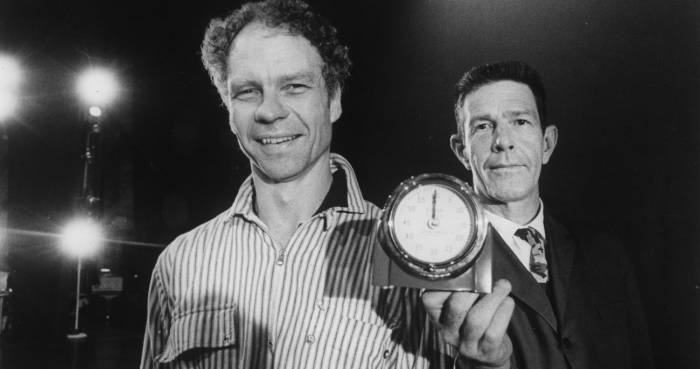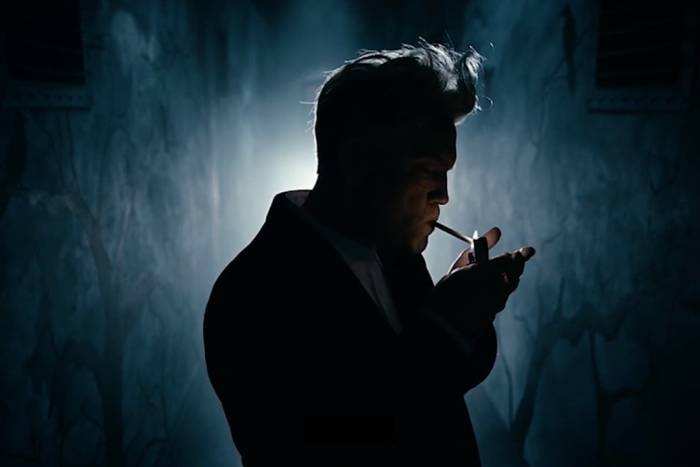How Silence Sounds in the Desert (Or the Illusion of the Mute)
An artwork in which the silence of the desert speaks forcefully, from a gallery in a New York museum.
Perhaps absolute silence doesn’t exist, at least not for humans. But our longing for silence, while certainly a right, is even a kind of dignified quest. John Cage once asserted that absolute silence is an experience impossible for humankind. If we were able to isolate ourselves from all the sound coming from the outside, we’d inevitably hear the sounds within ourselves. That’s the paradoxical beauty of this ceaseless mission.
Fifty years ago, the Guggenheim Museum in New York acquired the sketches of PSAD Synthetic Desert III, an artwork by American artist, Doug Wheeler. An ambitious series of plans made in the late 1960s, the work described a spatial installation with elements of light and sound. Like an incomplete poem or an unfinished painting, these sketches remained in the archives of the museum until recently.
Almost half a century later, PSAD Synthetic Desert III has finally been assembled within the New York museum. It consists of an immersive installation emulating the sensations and sounds (or lack thereof) of the imposing Arizona desert, where Wheeler was born and raised.

Isolated on the sixth floor of the Guggenheim, the work takes shape in a gallery covered by white foam cones. Carefully illuminated – they’re the ghostly mountains Wheeler once admired in the desert of his childhood.
The installation, open to but five people at a time, represented a huge technical challenge. To be able to isolate it, almost entirely, from the hustle and bustle of the New York streets it was necessary to construct, literally, a room within the room. To reproduce the calm of the desert, Wheeler managed to create the illusion of silence, using a room that almost completely prevents any kind of echo or resonance.
We think of true silence as the total absence of sound. But man-made silence always has something to say. Wheeler explained that absolute noiselessness wasn’t exactly what he was after. That kind of silence is actually capable of causing distress, even within just a few minutes. Instead, the artist sought a perfect degree of stillness: a space in which sounds were of only between 10 and 15 decibels. (A whisper, for example, is about 30 decibels.)
The Doug Wheeler piece is an illusionist work. It’s one that emulates a total lack of sound but which actually strongly resonates. It’s a visit to the artist’s childhood, to the sacred silence of the desert, and finally, it’s a revisiting of the human longing for silence, a small hope in a quest that may never end.
Related Articles
Pictorial spiritism (a woman's drawings guided by a spirit)
There are numerous examples in the history of self-taught artists which suggest an interrogation of that which we take for granted within the universe of art. Such was the case with figures like
Astounding fairytale illustrations from Japan
Fairy tales tribal stories— are more than childish tales. Such fictions, the characters of which inhabit our earliest memories, aren’t just literary works with an aesthetic and pleasant purpose. They
A cinematic poem and an ode to water: its rhythms, shapes and textures
Here lies One Whose Name was writ in Water. - John Keats Without water the equation of life, at least life as we know it, would be impossible. A growing hypothesis holds that water, including the
Watch beauty unfold through science in this "ode to a flower" (video)
The study of the microscopic is one of the richest, most aesthetic methods of understanding the world. Lucky is the scientist who, upon seeing something beautiful, is able to see all of the tiny
To invent those we love or to see them as they are? Love in two of the movies' favorite scenes
So much has been said already, of “love” that it’s difficult to add anything, much less something new. It’s possible, though, perhaps because even if you try to pass through the sieve of all our
This app allows you to find and preserve ancient typographies
Most people, even those who are far removed from the world of design, are familiar with some type of typography and its ability to transform any text, help out dyslexics or stretch an eight page paper
The secrets of the mind-body connection
For decades medical research has recognized the existence of the placebo effect — in which the assumption that a medication will help produces actual physical improvements. In addition to this, a
The sea as infinite laboratory
Much of our thinking on the shape of the world and the universe derives from the way scientists and artists have approached these topics over time. Our fascination with the mysteries of the
Sharing and collaborating - natural movements of the creative being
We might sometimes think that artistic or creative activity is, in essence, individualistic. The Genesis of Judeo-Christian tradition portrays a God whose decision to create the world is as vehement
John Malkovich becomes David Lynch (and other characters)
John Malkovich and David Lynch are, respectively, the actor and film director who’ve implicitly or explicitly addressed the issues of identity and its porous barriers through numerous projects. Now










